Product Development
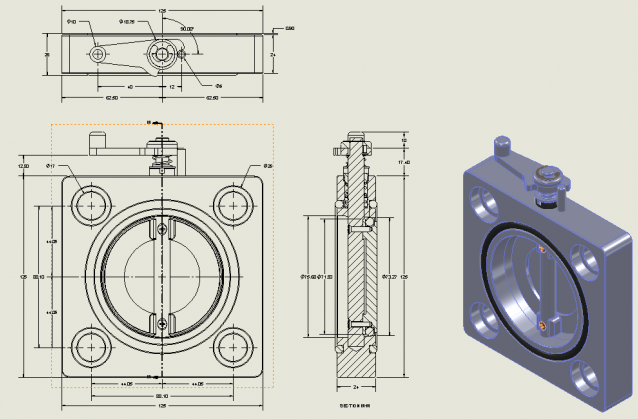
Tuff Cor (Pty) Ltd is your first stop to bringing your idea to a reality.We have in-house industrial designers utilizing advanced 3D CAD applications to ade you in developing products and turning your ideas into a reality.
Innovative new products are the fuel for the most powerful growth engine you can connect to. You can grow without new products--AT&T sold essentially the same telephones for decades while becoming the world's largest telecommunications concern--but most small companies will find it difficult to grow at all, much less rapidly, without a constant stream of new products that meet customer needs.
How do you know when you need new products? Early detection of a problem with existing products is critical. The following eight symptoms of a declining product line will provide clues far enough in advance to help you do something about the problem before it's too late. Not all the symptoms will be evident in every situation, but you can start suspecting your product line when more than just one or two crop up.
1. You're experiencing slow growth or no growth. A short-term glitch in product sales can happen any time. If, however, company revenue either flattens or declines over an extended period, you have to look for explanations and solutions. If it isn't the economy or some outside force beyond your control, if your competitors didn't suddenly become more brilliant, if you still have confidence in your sales force, and if there are no major problems with suppliers, examine your product line.
2. Your top customers are giving you less and less business. It may not be worth your trouble to determine your exact market share when a rough idea of where you stand will suffice. But knowing how much business you get compared to your competitors is critical. Every piece of business your competitors are getting is business you aren't getting--and may never get. If your customers' businesses are growing and the business you get from them isn't, your product may be the culprit. Chances are, someone else is meeting your customers' needs.
3. You find yourself competing with companies you've never heard of. If you've never heard of a new competitor or don't know much about them, watch out! They have found a way to jump into a market with new products and technology that could leave you wondering what hit you. It might not be that your product has a fundamental flaw. It's more often the case that someone has brought innovation to the industry. You earn no points for status quo thinking.
4. You're under increasing pressure to lower your prices. No one likes to compete strictly on price. When your product is clearly superior and offers more value than lower-priced competitors, you don't have to. Everyone understands that great new products eventually run their course and turn into commodities. One day, a customer tells you she can't distinguish the benefits of your widget from those of one or more of your competitors, and now you are in a price squeeze. If you want the business, you have to lower your prices to stay competitive. If that was where it ended, things might stabilize, although at a lower price level. But lower prices usually mean lower profit margins, which usually mean less investment in keeping the product current, which means more price pressure, lower margins?and so it goes.
5. You're experiencing higher-than-normal turnover in your sales force. Good salespeople want to win customers so they can make more money. When they have trouble competing, they can't win customers or make money. So they look for new opportunities and challenges that will bring them what they want. You'll always have turnover, but heavy turnover is a symptom of something very wrong. It could be an ill-advised change in the compensation scheme or a new sales manager coming in with a negative attitude. But it could also be that members of your sales team are frustrated because they're having trouble selling your products. When business owners start to pressure their sales forces to get order levels up, morale drops because the salespeople know there isn't much they can do.
6. You're getting fewer and fewer inquiries from prospective customers. We all dread the time when the phone stops ringing and prospects stop coming in. When advertising or other forms of promotion aren't creating the results you want, and you see fewer positive results from the money spent, something could be wrong with the way customers see your company. An obsolete product line positions you as an obsolete company.
7. Customers are asking for product changes you can't or don't want to make. Here is a not-too-subtle sign that your product may no longer meet market needs. There will be times when you have to decide whether filling a customer's request is in your company's best interests. When customers say "I want it this way," you may want to say no because you doubt you could ever recover the costs of the change, even by raising the selling price. But when the customer says "I want it this way, and it's standard at ABC Widgets," you should suspect you aren't keeping up with changing customer needs. When your competitors have leapt ahead of you in features and benefits, you must either catch up or leap ahead of them with innovations of your own, or you'll fall so far behind you become a marketplace postscript.
8. Some of your competitors are leaving the market. In the short term, this sounds great. Your competitors drop out, and you pick up the business they leave behind. The pie is shrinking, and as it does, business gets better than ever. But beware: This is a classic signal of a declining market. Nobody walks away from a growth business. Vibrant growth markets attract new competitors; they don't discourage them.
If you decide to develop new products as part of your growth plan, you're in good company. Small companies like yours contribute at least half of the major industrial innovations occurring in the United States, according to the SBA. At the same time, approximately one-third of all new products are unsuccessful, and in some industries the percentage of failures is much higher. The way to increase your chances of coming up with good ideas is to follow the tested track to new product development success.
New product development can be described as a five-stage process, beginning with generating ideas and progressing to marketing completed products. In between are processes where you evaluate and screen product ideas, take steps to protect your ideas, and finalize design in an R&D stage. Following are details on each stage:
Valve Assy
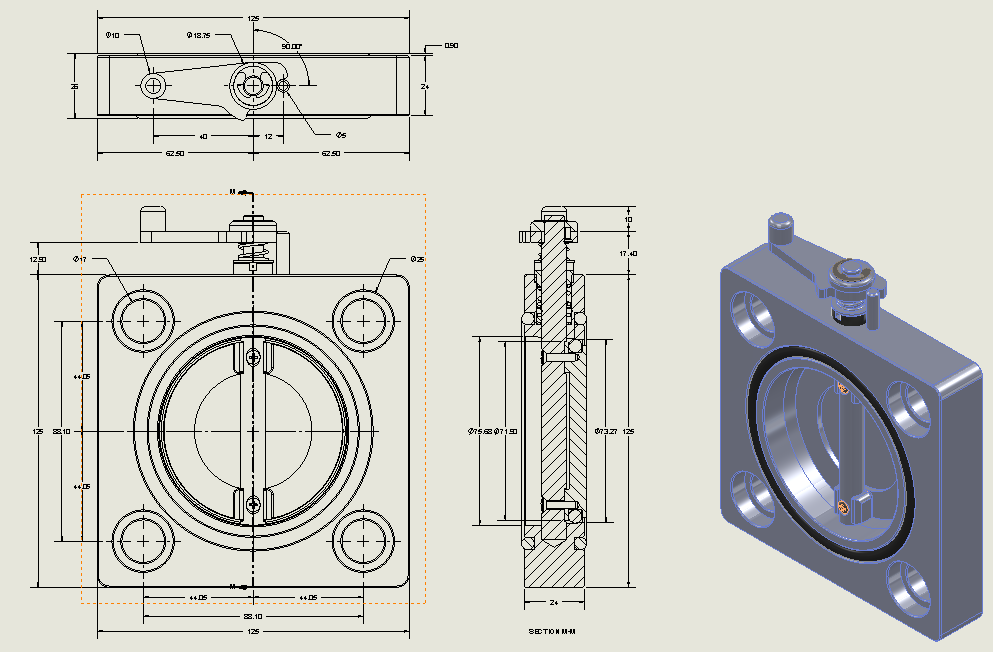
Valve Bom
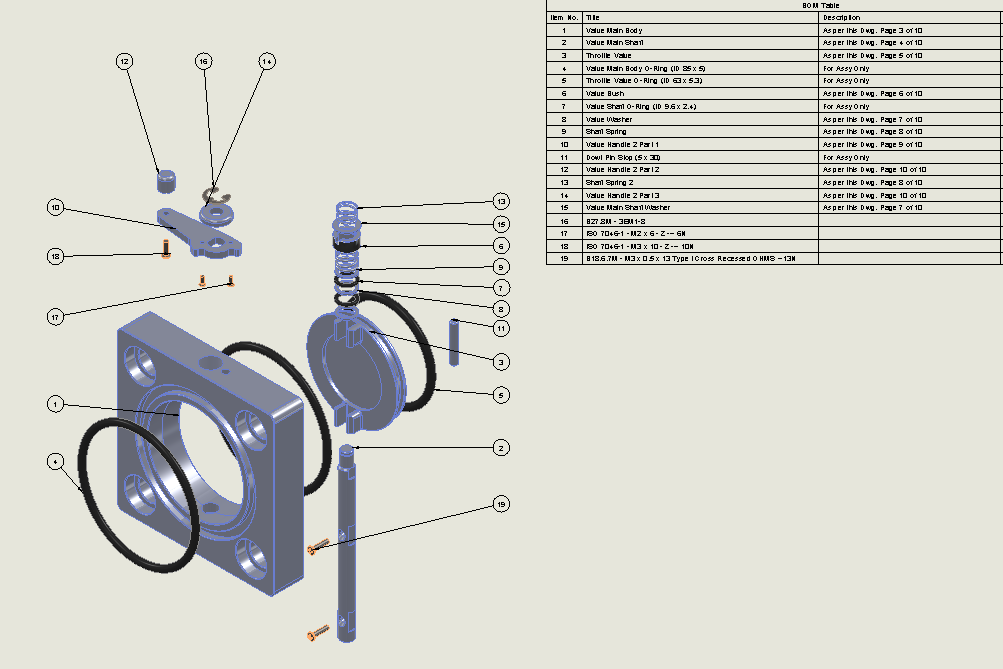
IR Beam Detector
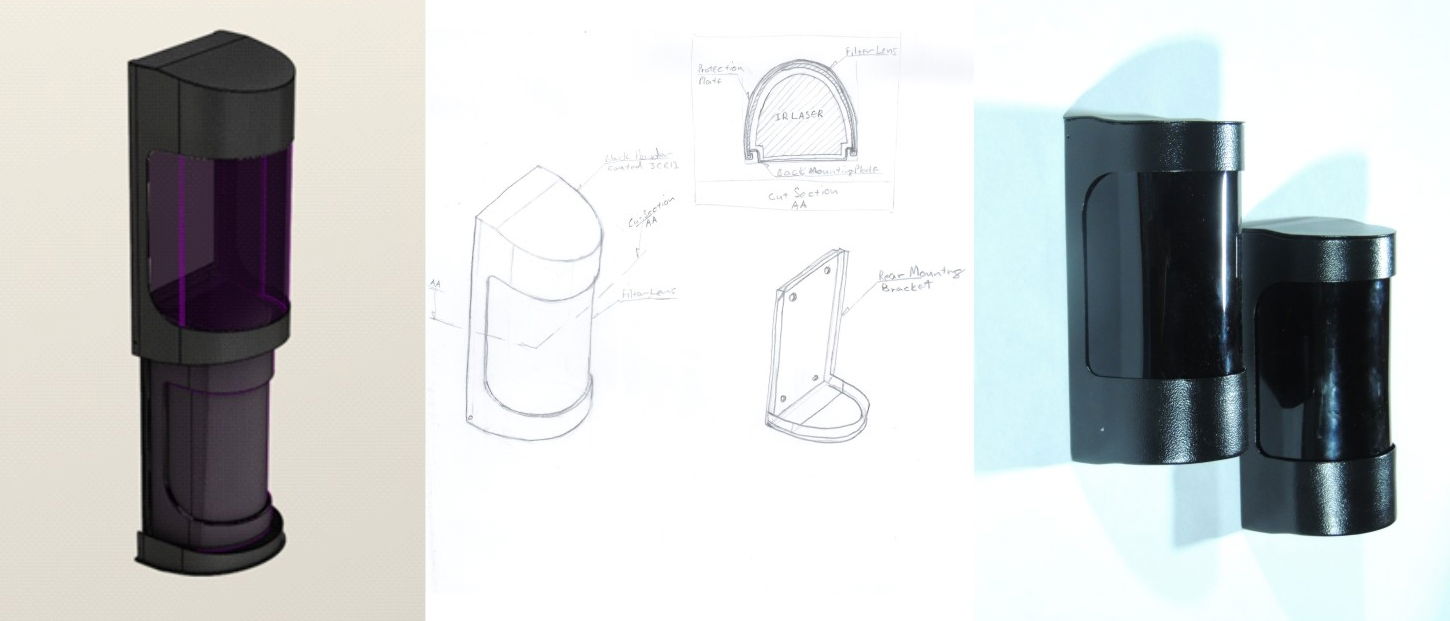
Chips Machine Part Drawing
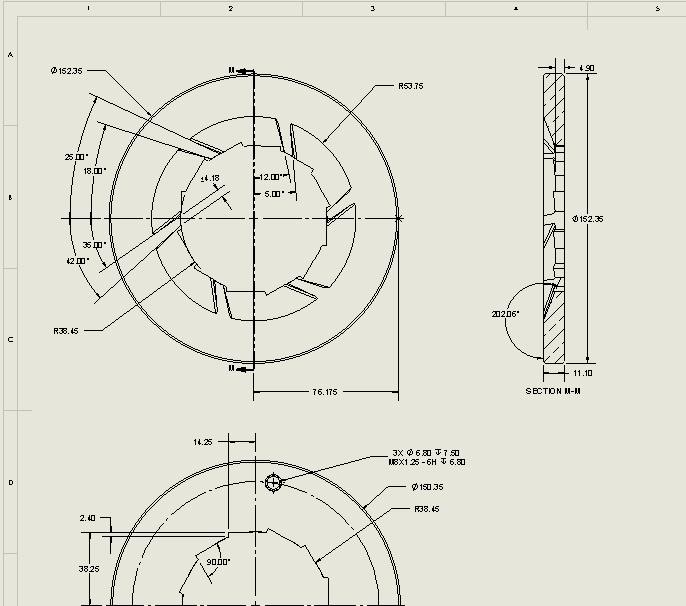
Chips Machine Part
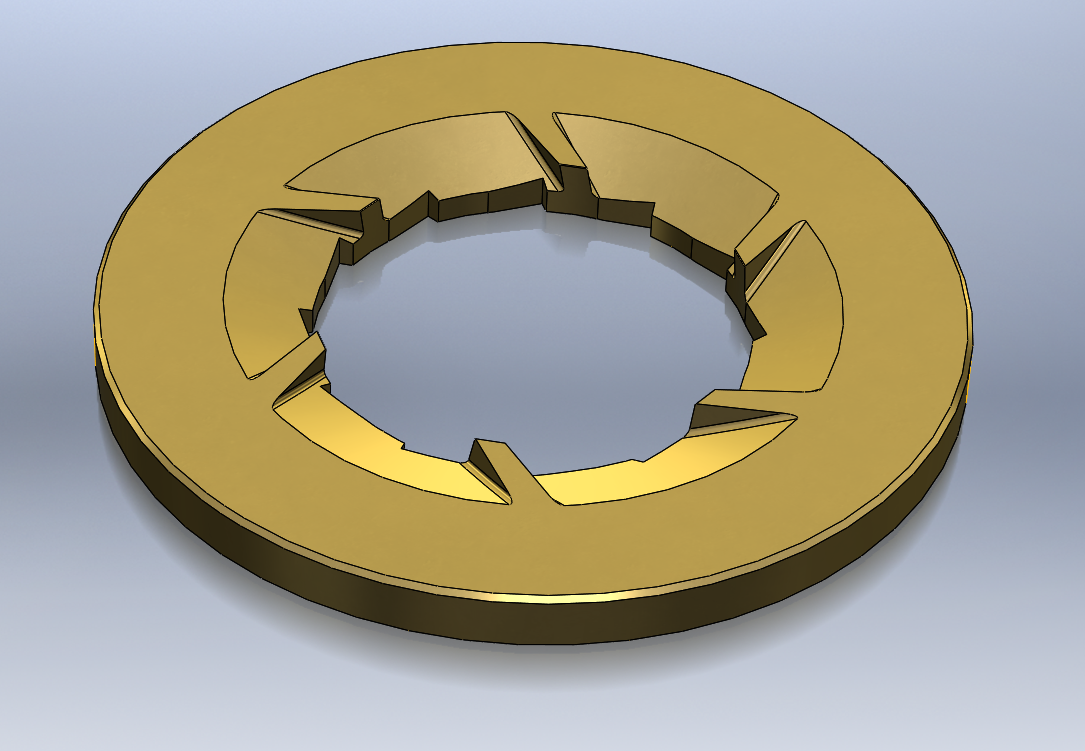
Upload files and configure parts to get a quote
Disclaimer
Tuff Cor (Pty) Ltd will be able to help you with all your manufacturing and product development need through our in-house services and knowledge. We make use of our large network of reliable supplier for any service we do not have in-house.
